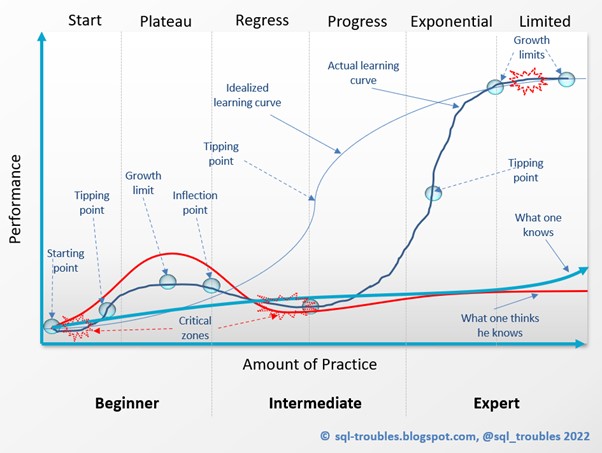
Independently on
whether Lean Management is considered in the context of Manufacturing, Software
Development (SD), Project Management (PM) or any other business-related areas, there
are three fundamental business concepts on which the whole scaffolding of the
Lean philosophies is built upon, namely the ones of value, value stream and
waste.
From an economic
standpoint, value refers to the monetary worth of a product, asset or service
(further referred as product) to an organization, while from a qualitative
perspective, it refers to the perceived benefit associated with its usage. The
value is thus reflected in the costs associated with a product’s delivery (producer’s
perspective), respectively the price paid on acquiring it and the degree to
which the product can fulfill a demand (customer’s perspective).
Without diving too
deep into theory of product valuation, the challenges revolve around reducing
the costs associated with a product’s delivery, respectively selling it to a
price the customer is willing to pay for, typically to address a given set of
needs. Moreover, the customer is willing to pay only for the functions that
satisfy the needs a product is thought to cover. From this friction of opposing
driving forces, a product is designed and valued.
The value stream is
the sequence of activities (also steps or processes) needed to deliver a
product to customers. This formulation includes value-added and non-value-added
activities, internal and external customers, respectively covers the full
lifecycle of products and/or services in whatever form it occurs, either if is
or not perceived by the customers.
Waste is any
activity that consumes resources but creates no value for the customers or, generally,
for the stakeholders, be it internal or external. The waste is typically associated
with the non-added value activities, activities that don’t produce value for stakeholders,
and can increase directly or indirectly the costs of products especially when no
attention is given to it and/or not recognized as such. Therefore, eliminating the
waste can have an important impact on products’ costs and become one of the goals
of Lean Management. Moreover, eliminating the waste is an incremental process that,
when put in the context of continuous improvement, can lead to processes redesign
and re-engineering.
Taiichi Ohno, the ‘father’
of the Toyota Production System (TPS), originally identified seven forms of
waste (Japanese: muda): overproduction, waiting, transporting, inappropriate processing,
unnecessary inventory, unnecessary/excess motion, and defects. Within the context
of SD and PM, Tom and Marry Poppendieck [1] translated the types of wastes in concepts
closer to the language of software developers: partially done work, extra
processes, extra features, task switching, waiting, motion and, of course,
defects. To this list were added later further types of waste associated with resources,
confusion and work conditions.
Defects in form of
errors and bugs, ineffective communication, rework and overwork, waiting, repetitive activities
like handoffs or even unnecessary meetings are usually the visible part of
products and projects and important from the perspective of stakeholders, which
in extremis can become sensitive when their volume increases out of proportion.
Unfortunately,
lurking in the deep waters of projects and wrecking everything that stands in
their way are the other forms of waste less perceivable from stakeholders’
side: unclear requirements/goals, code not released or not tested,
specifications not implemented, scrapped code, overutilized/underutilized
resources, bureaucracy, suboptimal processes, unnecessary optimization, searching
for information, mismanagement, task switching, improper work condition,
confusion, to mention just the important activities associated to waste.
Through their elusive
nature, independently on whether they are or not visible to stakeholders, they
all impact the costs of projects and products when the proper attention is not given
to them and not handled accordingly.
References:
[1] Mary
Poppendieck & Tom Poppendieck (2003) Lean Software Development: An Agile
Toolkit, Addison Wesley, ISBN: 0-321-15078-3






